Cats are often seen as independent and aloof creatures, but they possess a rich emotional life that many cat owners might overlook. Have you ever wondered if your feline friend is emotionally distant? Recognizing the subtle signs of emotional distance in cats is crucial to maintaining a strong bond with your pet. In this article, we’ll explore the various ways you can detect emotional distance in cats before it becomes a more significant issue. From changes in behavior to physical cues, understanding your cat’s emotional state can enhance your relationship and ensure your furry companion feels loved and secure.
Understanding Your Cat’s Behavior
Cats communicate through a complex system of body language and vocalizations. Unlike humans, they don’t express their feelings with words, so it’s up to us to interpret their actions. If your cat suddenly starts hiding more often or avoids social interactions, it might be a sign of emotional distance. An emotionally distant cat may also become less playful or engage less in activities they once enjoyed. It’s essential to pay attention to these changes, as they can provide valuable insights into your cat’s emotional well-being.
The Importance of Routine
Cats thrive on routine and consistency. A sudden change in their daily schedule can lead to stress and emotional withdrawal. If your cat seems distant, consider if there have been any recent changes in your household. This could include a new pet, a change in work schedule, or even rearranging furniture. By maintaining a consistent routine, you can help your cat feel more secure and reduce the likelihood of emotional distance developing.
Body Language: What Your Cat is Telling You

Your cat’s body language can reveal a lot about their emotional state. A cat that is emotionally distant may show signs such as flattened ears, a lowered tail, or a hunched posture. These physical cues can indicate that your cat is feeling uneasy or stressed. On the other hand, a relaxed cat will have upright ears, a gently swaying tail, and an open, confident stance. Observing these subtle changes can help you understand your cat’s feelings and address any emotional distance.
Changes in Vocalization
Cats use vocalizations to communicate with their owners, and changes in these sounds can be a sign of emotional distance. If your cat becomes unusually quiet or starts meowing excessively, it may indicate that they are feeling disconnected. Pay attention to the tone and frequency of your cat’s vocalizations, as these can provide clues about their emotional state. By responding appropriately to these changes, you can help bridge the emotional gap and strengthen your bond.
Appetite and Eating Habits
A change in your cat’s appetite or eating habits can be a sign of emotional distance. Cats that are feeling stressed or anxious may eat less or become picky about their food. Conversely, some cats may overeat as a way to cope with their emotions. It’s essential to monitor your cat’s eating habits and consult with a veterinarian if you notice any significant changes. Addressing these issues early can prevent further emotional distance and ensure your cat remains healthy and happy.
Grooming Behavior
Grooming is an essential part of a cat’s routine, and changes in this behavior can signal emotional distance. A cat that is feeling stressed or withdrawn may groom themselves excessively, leading to bald patches or skin irritation. Alternatively, a cat that stops grooming altogether may be experiencing emotional distress. By observing your cat’s grooming habits, you can gain insights into their emotional well-being and take steps to address any issues.
Interaction with Other Pets
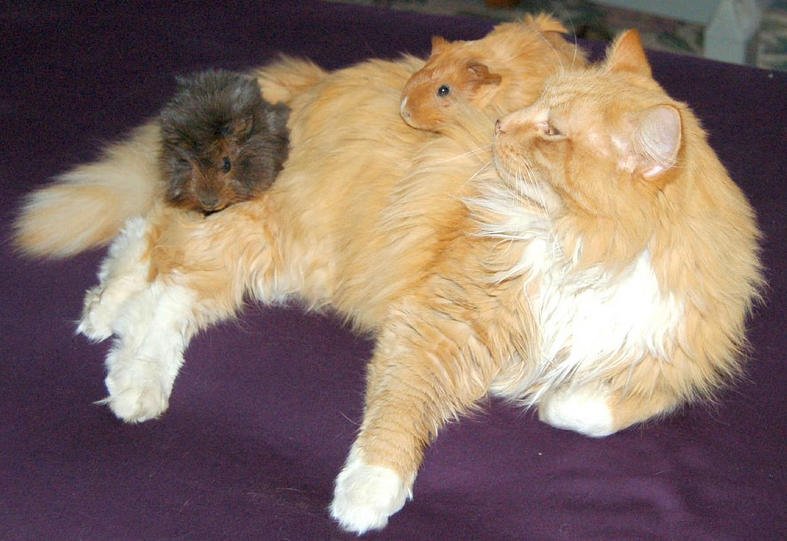
If you have multiple pets, pay attention to how your cat interacts with them. An emotionally distant cat may become more aggressive or withdrawn around other animals. They might also avoid shared spaces or refuse to participate in group activities. These changes in behavior can indicate that your cat is feeling stressed or overwhelmed. By fostering a harmonious environment and providing your cat with plenty of personal space, you can help reduce emotional distance and promote positive interactions.
Seeking Solitude
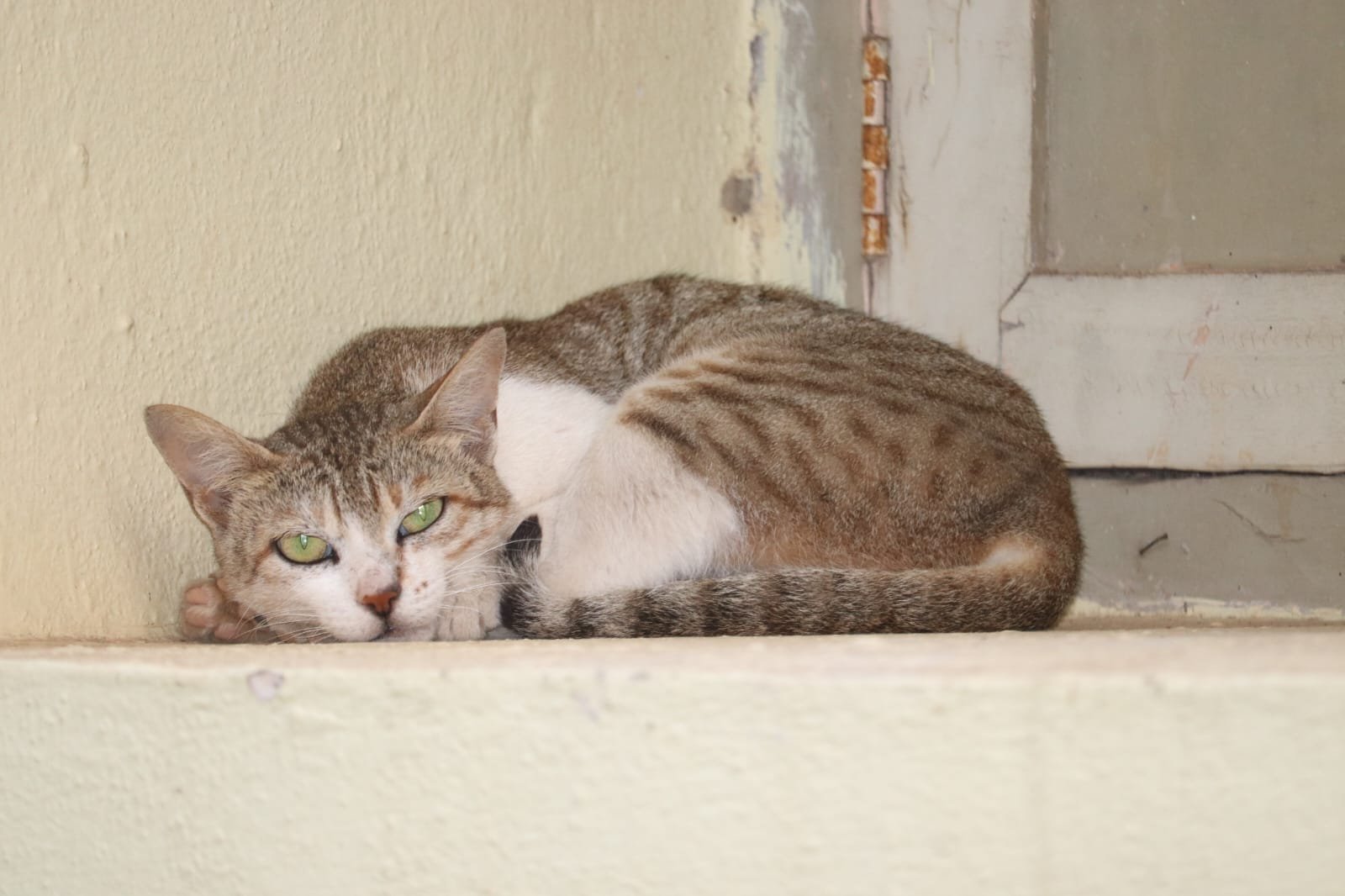
Cats are known for their independent nature, but excessive solitude can be a sign of emotional distance. If your cat starts spending more time alone or avoids social interactions, it may be a signal that they are feeling disconnected. Providing a safe and comfortable space for your cat to retreat to is essential, but it’s also important to engage them in activities and offer companionship. By striking a balance between solitude and socialization, you can help your cat feel more connected and secure.
Changes in Sleeping Patterns
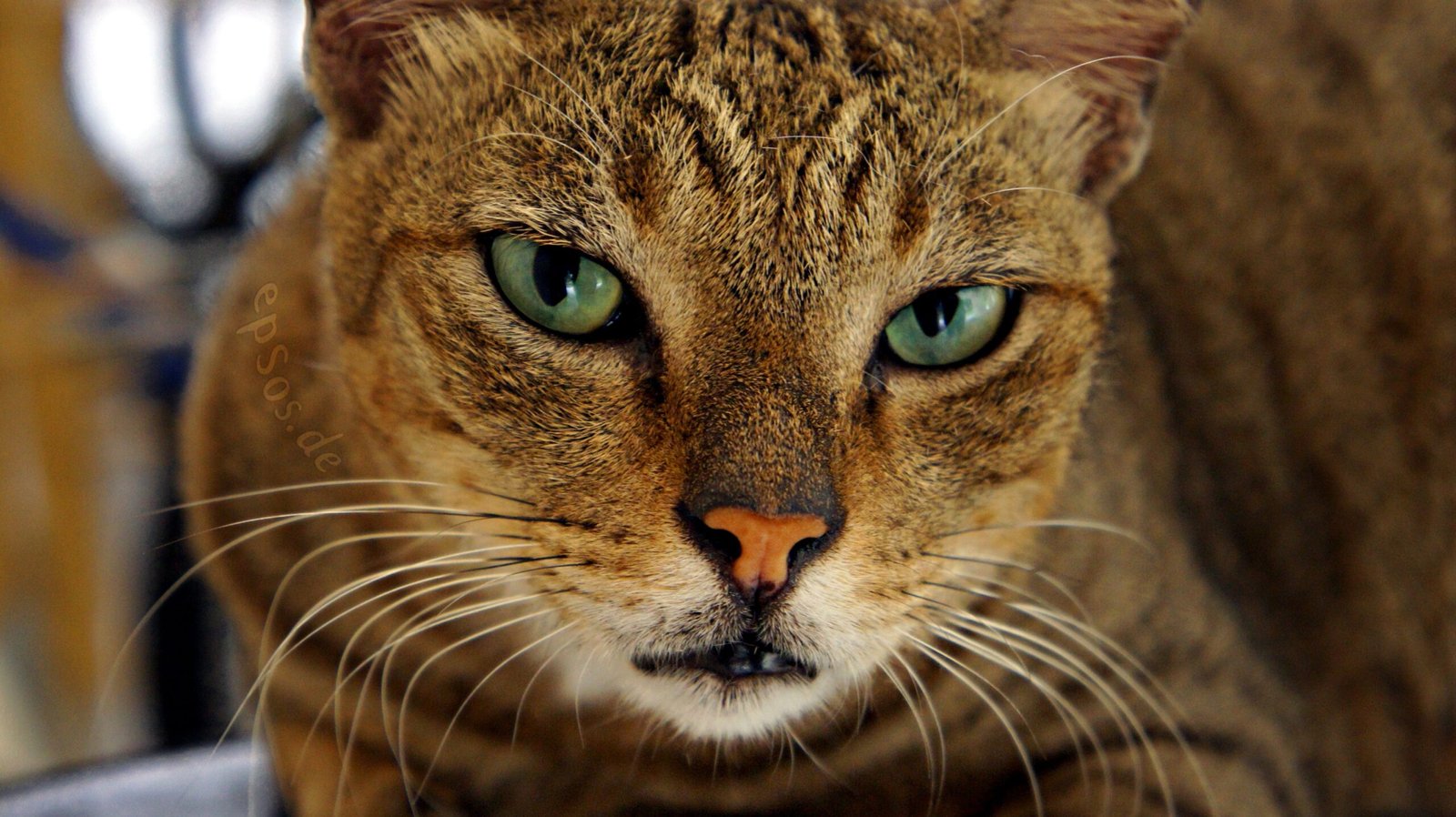
Cats are creatures of habit, and changes in their sleeping patterns can indicate emotional distance. If your cat starts sleeping more or less than usual, it may be a sign of stress or anxiety. Pay attention to where your cat chooses to sleep, as this can also provide clues about their emotional state. A cat that feels connected and secure will often sleep in communal areas, while an emotionally distant cat may seek out hidden or isolated spots. By understanding these changes, you can better address your cat’s emotional needs.
Physical Affection

Cats express their affection in various ways, and changes in their willingness to engage in physical contact can indicate emotional distance. If your cat becomes less interested in being petted or cuddled, it may be a sign that they are feeling disconnected. On the other hand, some cats may become clingy as a way to seek reassurance. By paying attention to your cat’s preferences and respecting their boundaries, you can help maintain a strong emotional connection.
Environmental Factors
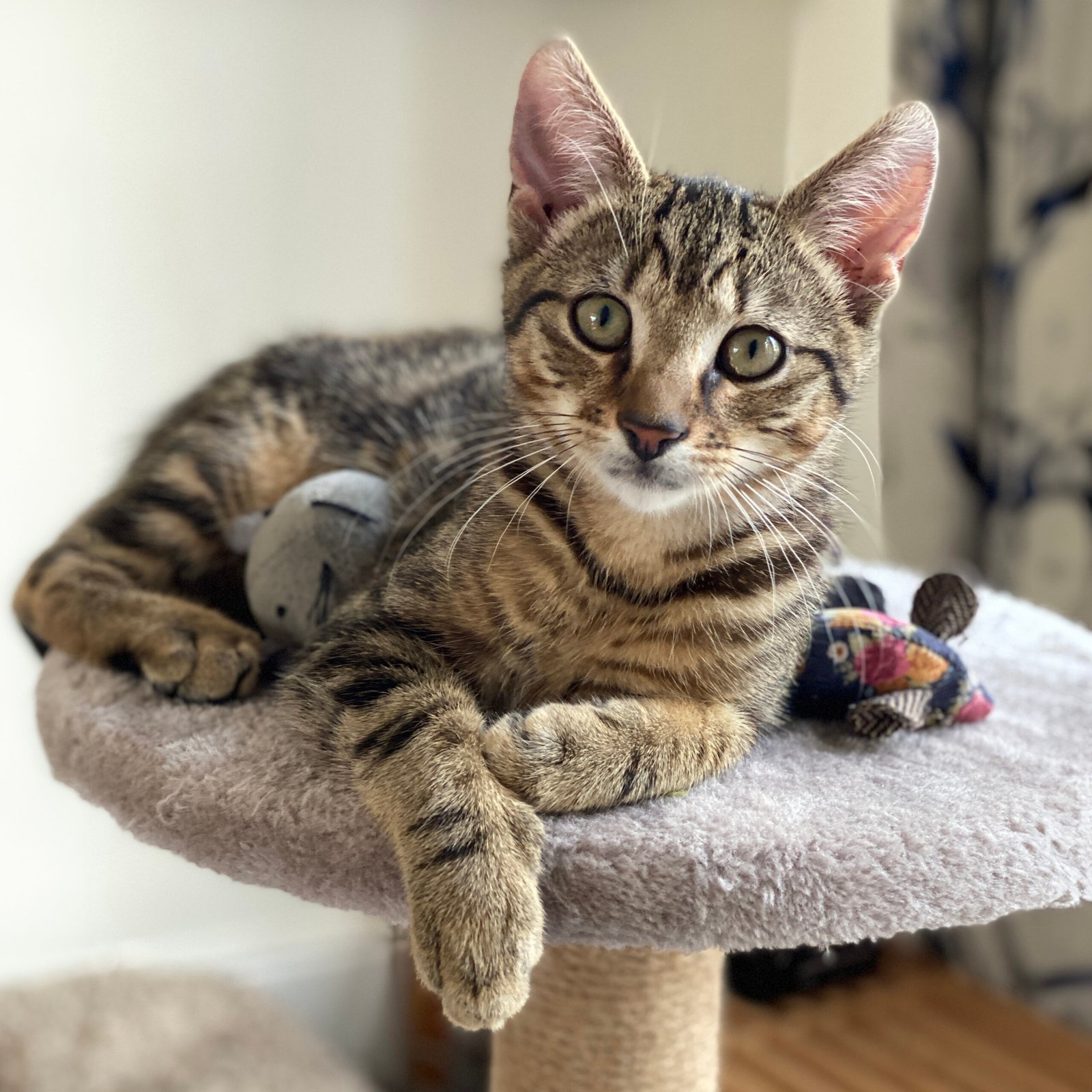
The environment plays a significant role in your cat’s emotional well-being. Factors such as noise, lighting, and temperature can all impact your cat’s mood and behavior. If your cat seems emotionally distant, consider whether there are any environmental changes that could be contributing to their stress. By creating a calm and comfortable living space, you can help your cat feel more at ease and reduce the likelihood of emotional distance developing.
Health and Wellness

A cat’s physical health is closely linked to their emotional well-being. If your cat is feeling unwell or experiencing pain, they may become emotionally distant. Regular veterinary check-ups are essential to ensure your cat remains healthy and to address any potential health issues early. By prioritizing your cat’s health and wellness, you can help prevent emotional distance and ensure they feel their best.
Play and Enrichment

Play is an essential part of a cat’s life, providing mental stimulation and physical exercise. An emotionally distant cat may lose interest in play or become less engaged in interactive activities. By providing a variety of toys and engaging in regular play sessions, you can help your cat feel more connected and reduce the likelihood of emotional distance developing. Remember, play is not only fun but also a crucial bonding experience for you and your cat.
Using Positive Reinforcement

Positive reinforcement is a powerful tool for building a strong emotional connection with your cat. Rewarding your cat for positive behaviors can help them feel more secure and valued. If your cat is emotionally distant, consider using treats, praise, or affection to reinforce positive interactions. By focusing on positive reinforcement, you can help foster a more trusting and connected relationship with your feline friend.
Understanding Your Cat’s Past

A cat’s past experiences can significantly impact their emotional state. Cats that have experienced trauma or neglect may be more prone to emotional distance. Understanding your cat’s history can provide valuable insights into their behavior and help you address any underlying issues. By being patient and compassionate, you can help your cat overcome past traumas and build a stronger emotional connection.
Encouraging Socialization
Socialization is essential for a cat’s emotional well-being. Encouraging positive interactions with other pets and people can help reduce emotional distance and promote a sense of belonging. If your cat is emotionally distant, consider introducing them to new experiences gradually and at their own pace. By fostering a supportive and inclusive environment, you can help your cat feel more connected and secure.
Building Trust
Trust is the foundation of any strong relationship, and it’s no different with your cat. Building trust takes time, patience, and consistency. If your cat is emotionally distant, focus on creating positive experiences and respecting their boundaries. By being reliable and responsive to your cat’s needs, you can help build trust and strengthen your emotional connection.
Seeking Professional Help
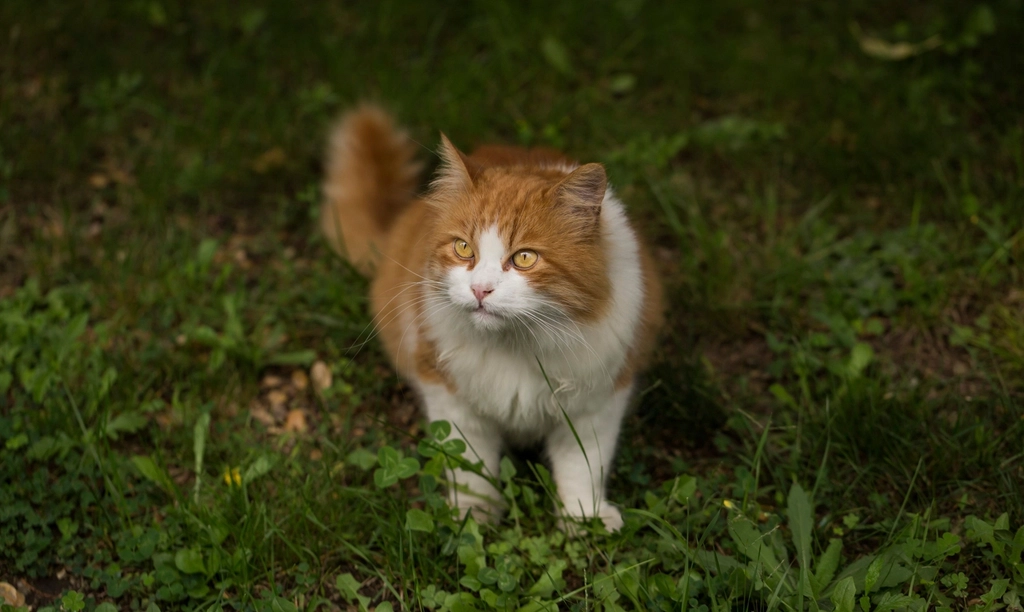
If you’re struggling to address your cat’s emotional distance on your own, consider seeking professional help. A veterinarian or animal behaviorist can provide valuable insights and guidance on managing your cat’s emotional well-being. By working with a professional, you can gain a better understanding of your cat’s needs and develop a plan to address any underlying issues.
Patience and Persistence

Addressing emotional distance in cats requires patience and persistence. Building a strong emotional connection takes time, and it’s important to remain committed to your cat’s well-being. By being patient and understanding, you can help your cat feel more secure and connected. Remember, every cat is unique, and what works for one may not work for another. Stay persistent, and you’ll likely see positive changes over time.
Creating a Loving Environment
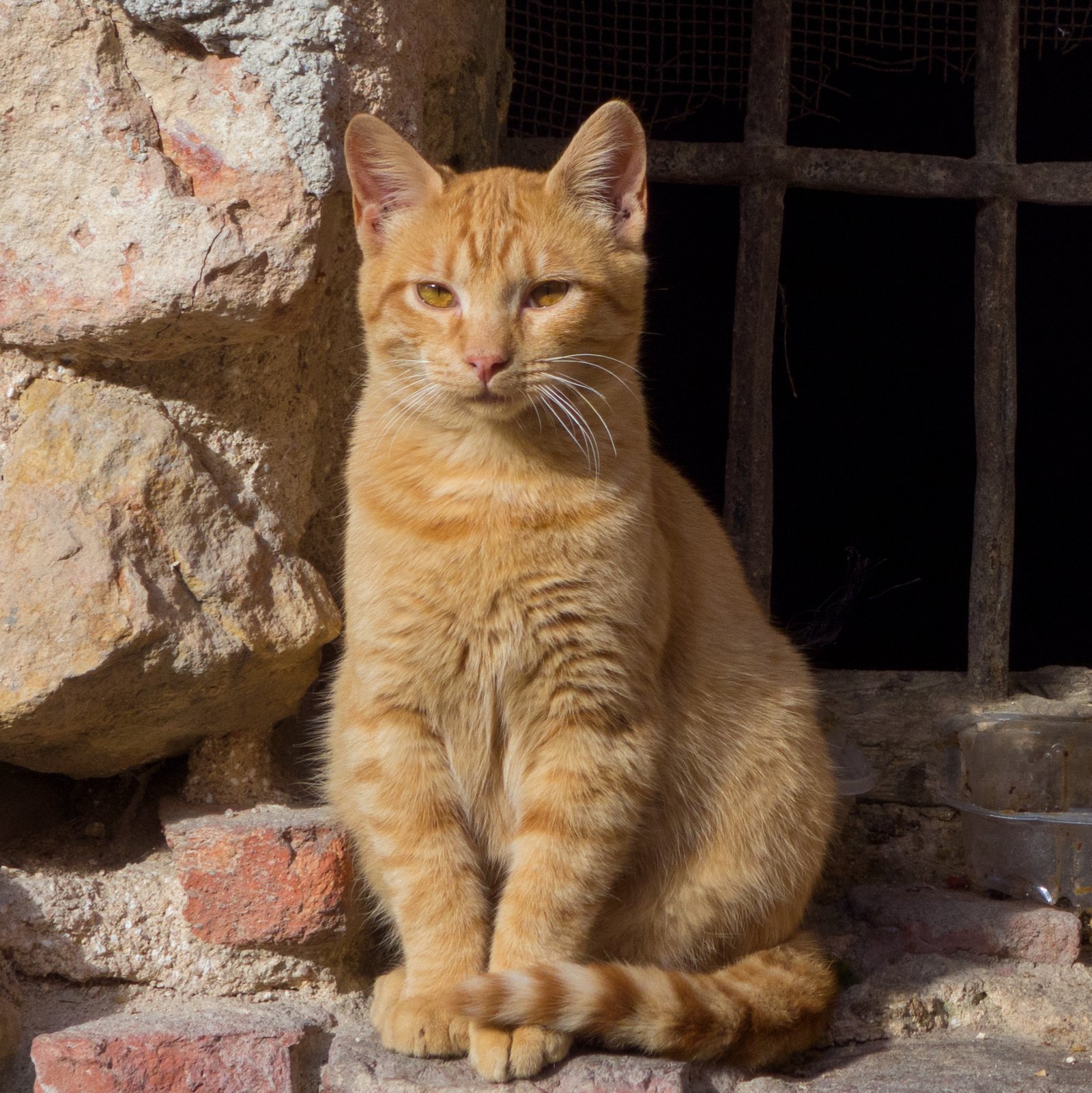
Ultimately, creating a loving and supportive environment is key to addressing emotional distance in cats. By providing your cat with a safe, comfortable, and enriching space, you can help them feel more secure and connected. Focus on building positive experiences and maintaining a strong emotional bond with your cat. In doing so, you’ll not only address any emotional distance but also strengthen your relationship with your feline companion.
Recognizing and addressing emotional distance in cats is crucial for maintaining a strong bond with your pet. By understanding their behavior and providing a supportive environment, you can help your cat feel more connected and secure. Remember, every cat is unique, and it’s essential to be patient and understanding as you work to strengthen your relationship. What steps will you take to ensure your cat feels loved and valued?
Hi, I’m Bola, a passionate writer and creative strategist with a knack for crafting compelling content that educates, inspires, and connects. Over the years, I’ve honed my skills across various writing fields, including content creation, copywriting, online course development, and video scriptwriting.
When I’m not at my desk, you’ll find me exploring new ideas, reading books, or brainstorming creative ways to solve challenges. I believe that words have the power to transform, and I’m here to help you leverage that power for success.
Thanks for stopping by, Keep coming to this website to checkout new articles form me. You’d always love it!






